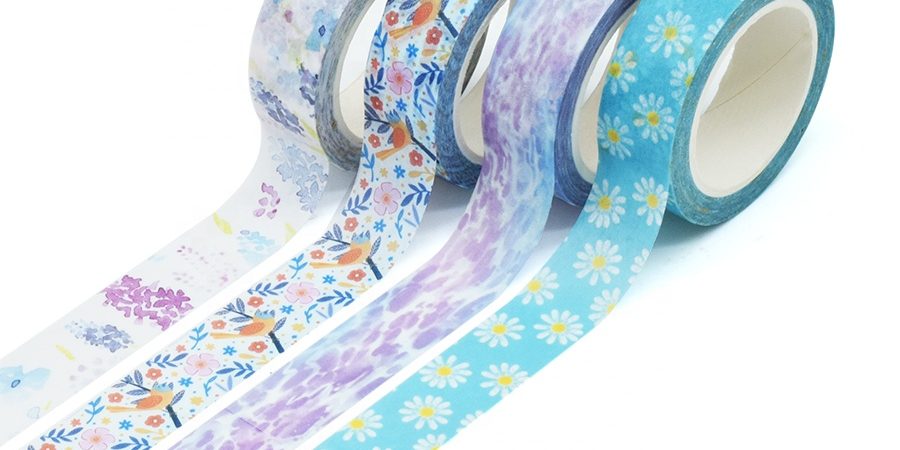In an era of heightened environmental awareness, Washi tape offers a sustainable and eco-friendly approach to crafting. This blog post explores how Washi tape aligns with the principles of sustainability, allowing individuals to create while minimizing their impact on the planet.
Natural Material Origins: Traditional Washi tape is made from natural fibers such as bamboo, hemp, and rice. These fibers are renewable resources that require less energy and resources to produce compared to synthetic materials.
Biodegradability: Washi tape’s natural fiber composition makes it biodegradable, allowing it to break down naturally over time and reduce its impact on landfills.
Low VOCs: Washi tape’s adhesive properties are often derived from natural sources, resulting in lower levels of volatile organic compounds (VOCs) compared to conventional adhesives.
Reduced Plastic Usage: Washi tape’s alternative to plastic-based crafting materials contributes to reduced plastic consumption, benefiting the environment by lessening plastic waste.
DIY Upcycling: Washi tape can be used to upcycle and transform existing items, reducing the need for new purchases and extending the lifespan of materials.
Crafting Tips: When incorporating Washi tape into sustainable crafting, consider using it to repair or embellish existing items. Opt for designs that align with the item’s purpose and your personal style.
In conclusion, Washi tape’s eco-friendly attributes make it a valuable tool for environmentally conscious crafters. By choosing sustainable materials and incorporating them into creative projects, individuals can contribute to a greener and more sustainable approach to crafting and self-expression.














